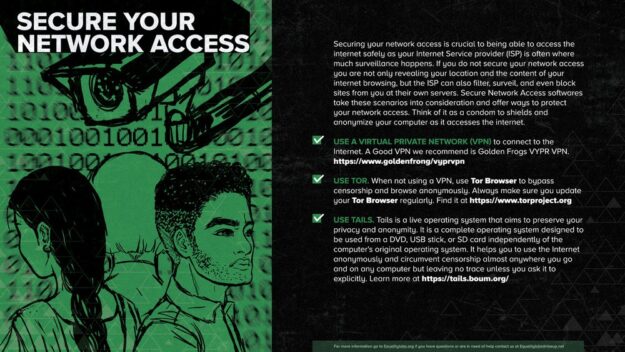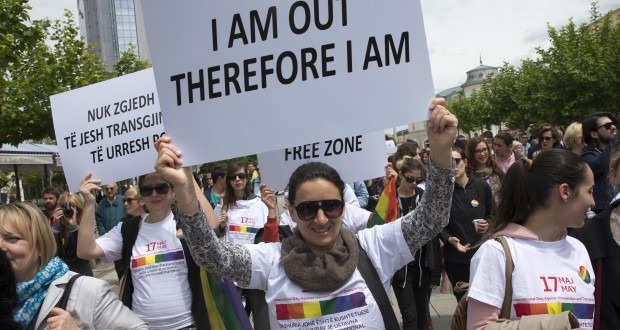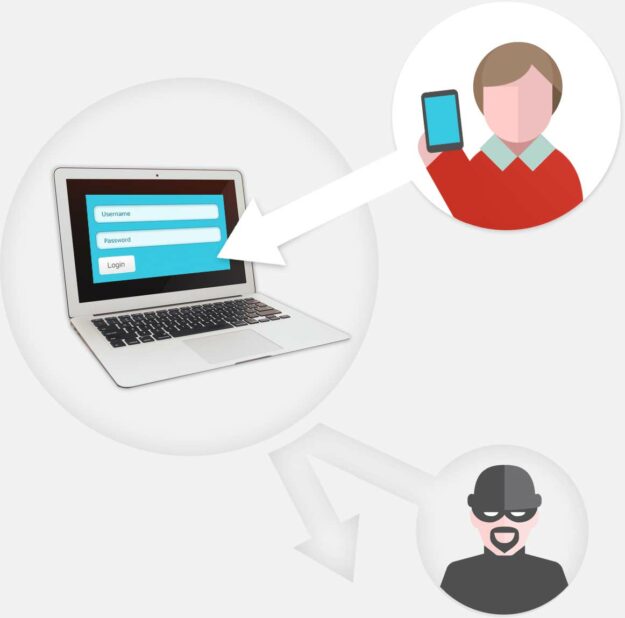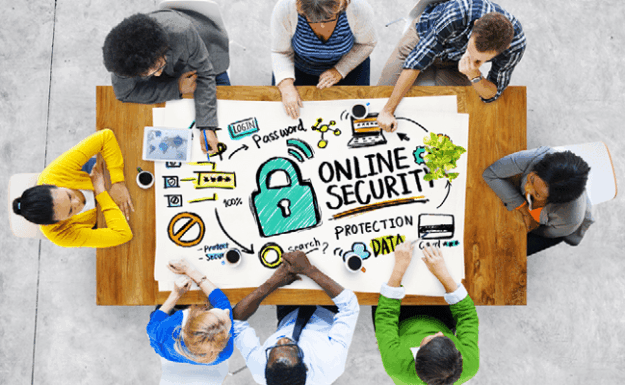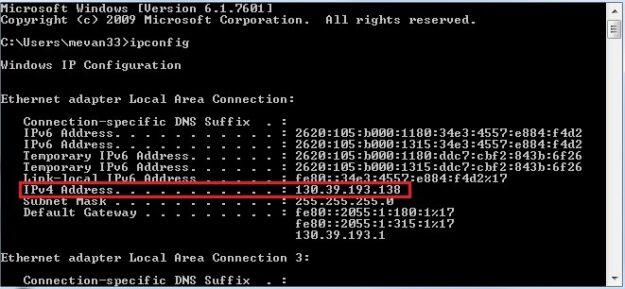Facing Up to the Agent Provocateur Problem
This article by Steve Chase was first published on the International Center on Non-Violent Conflict. It contains some additions by sogicampaigns The term agent provocateur is French and literally translates in English to “inciting agent.” While the term may be best known today as a luxury lingerie brand, in movement circles it refers to paid…


